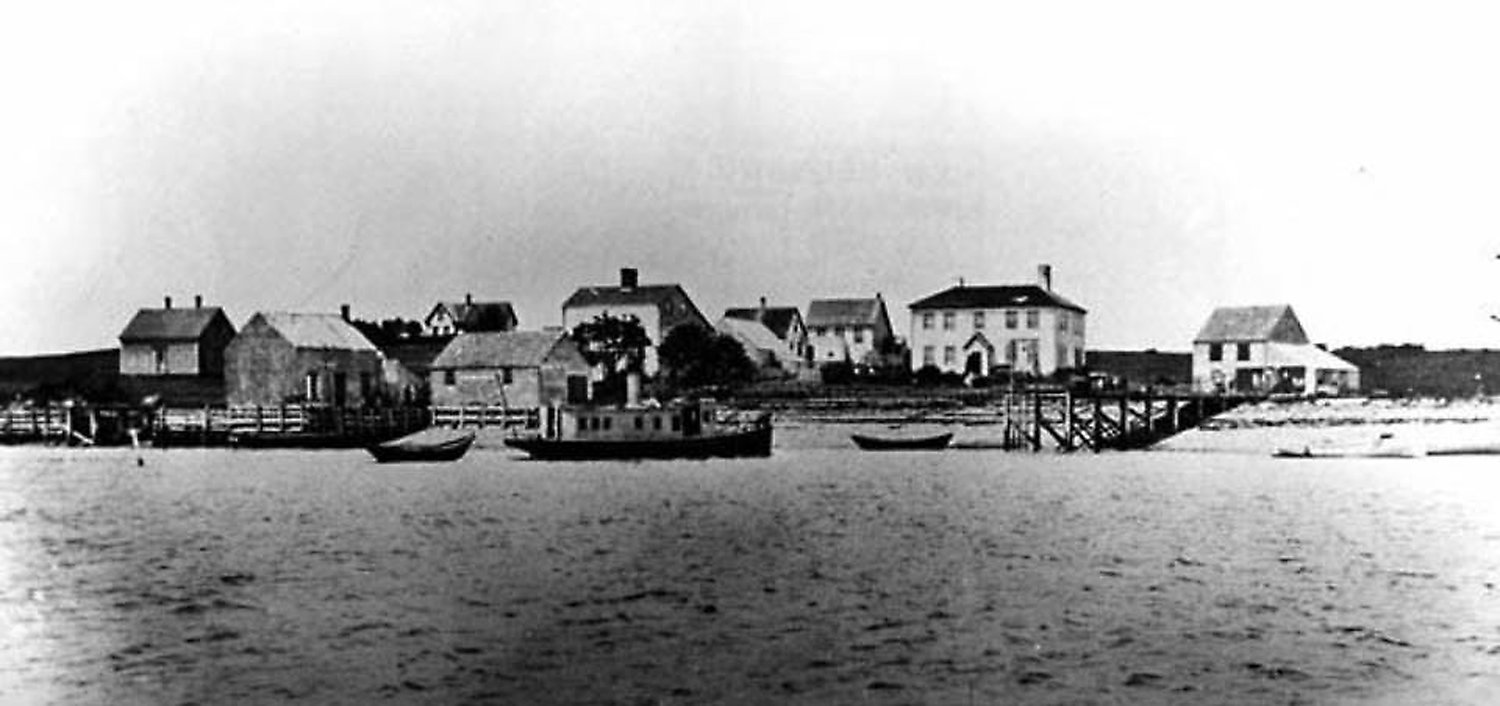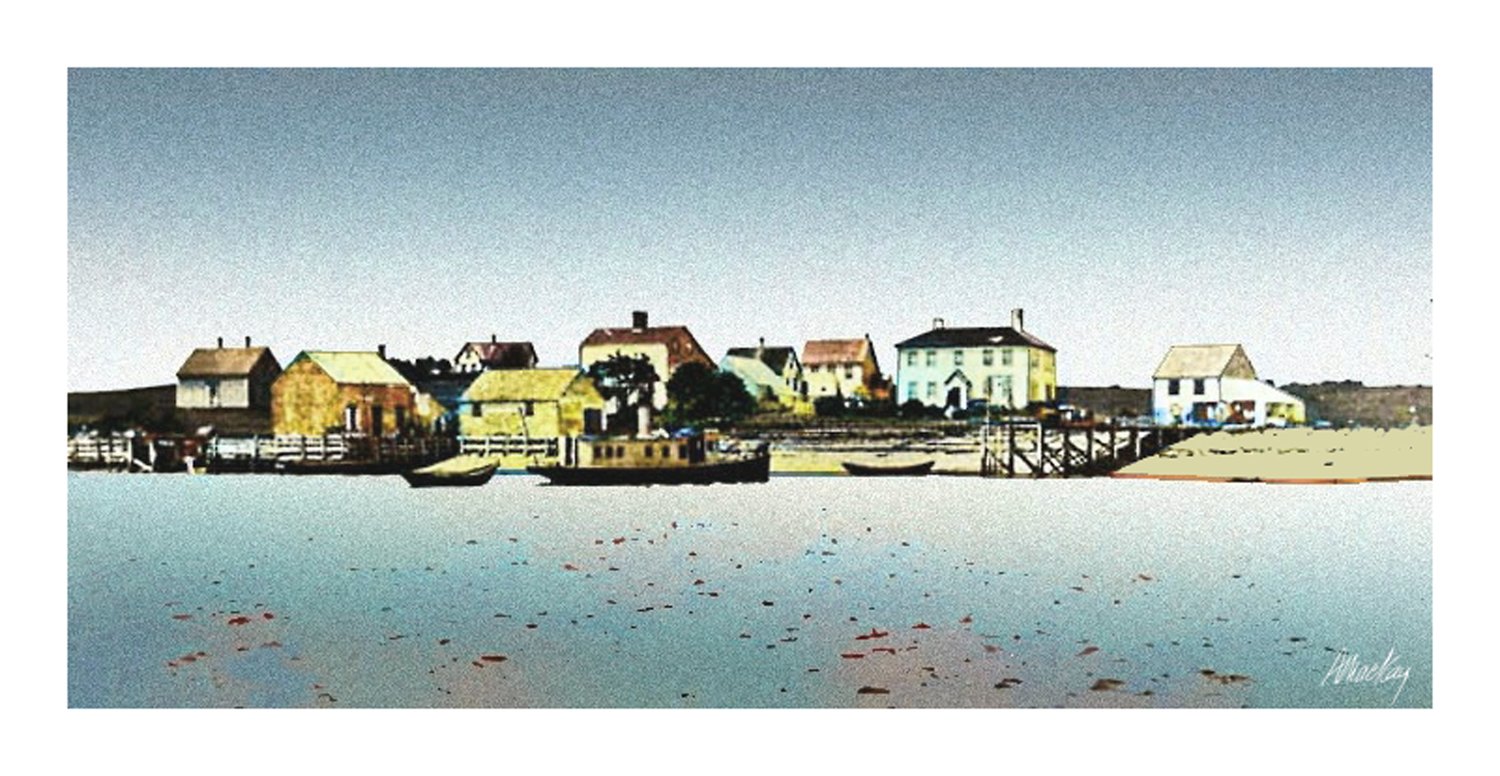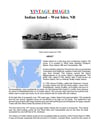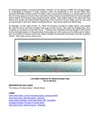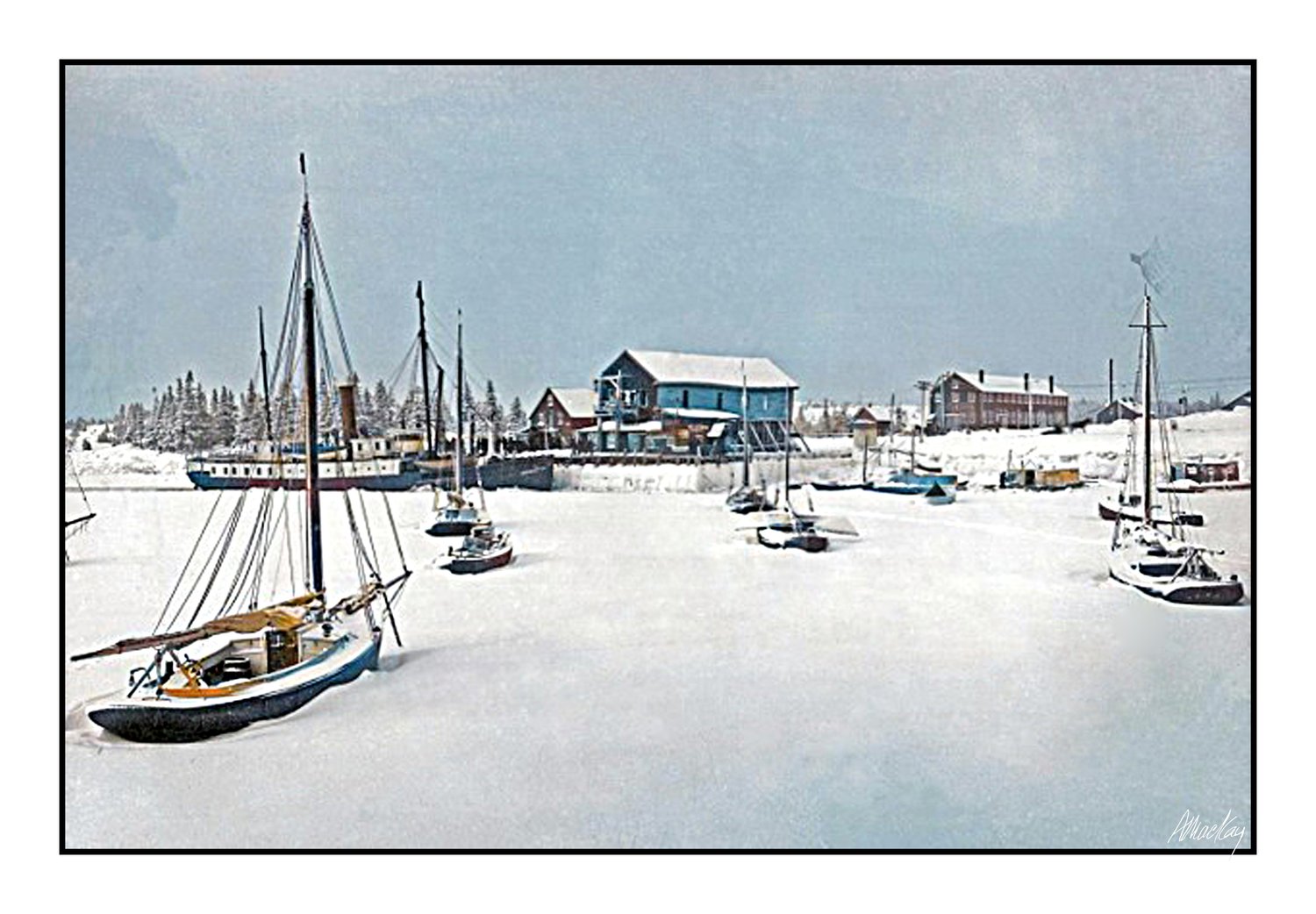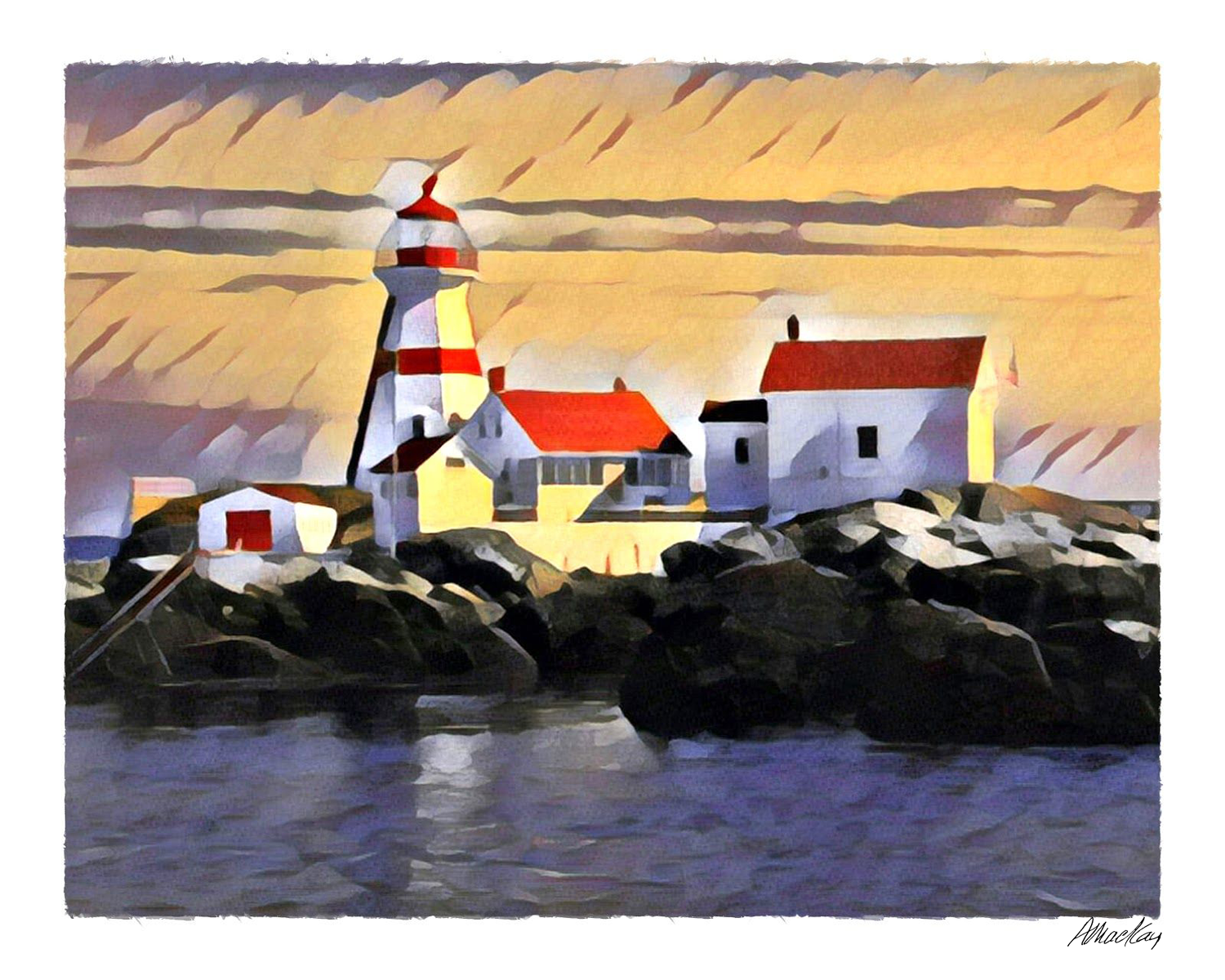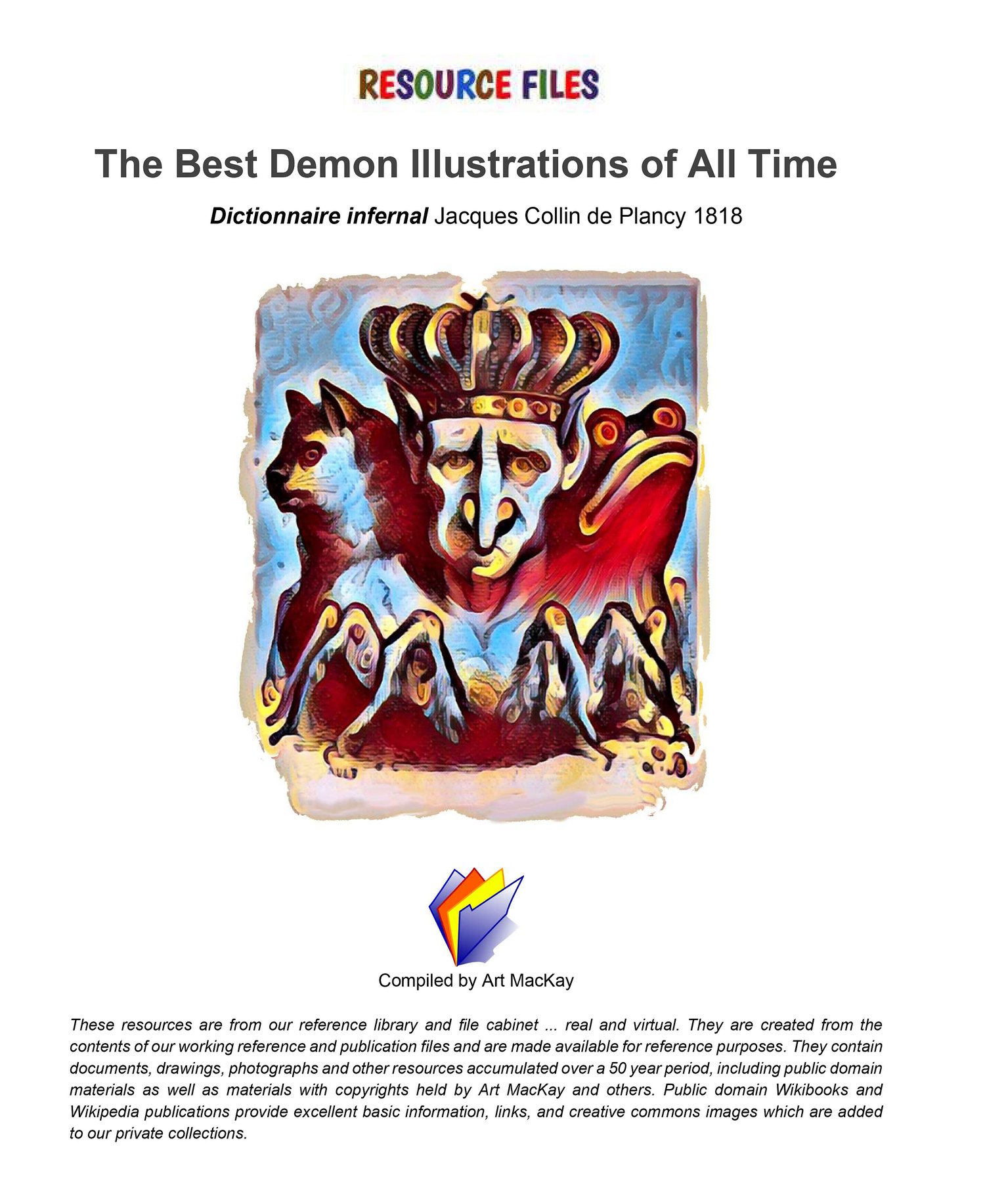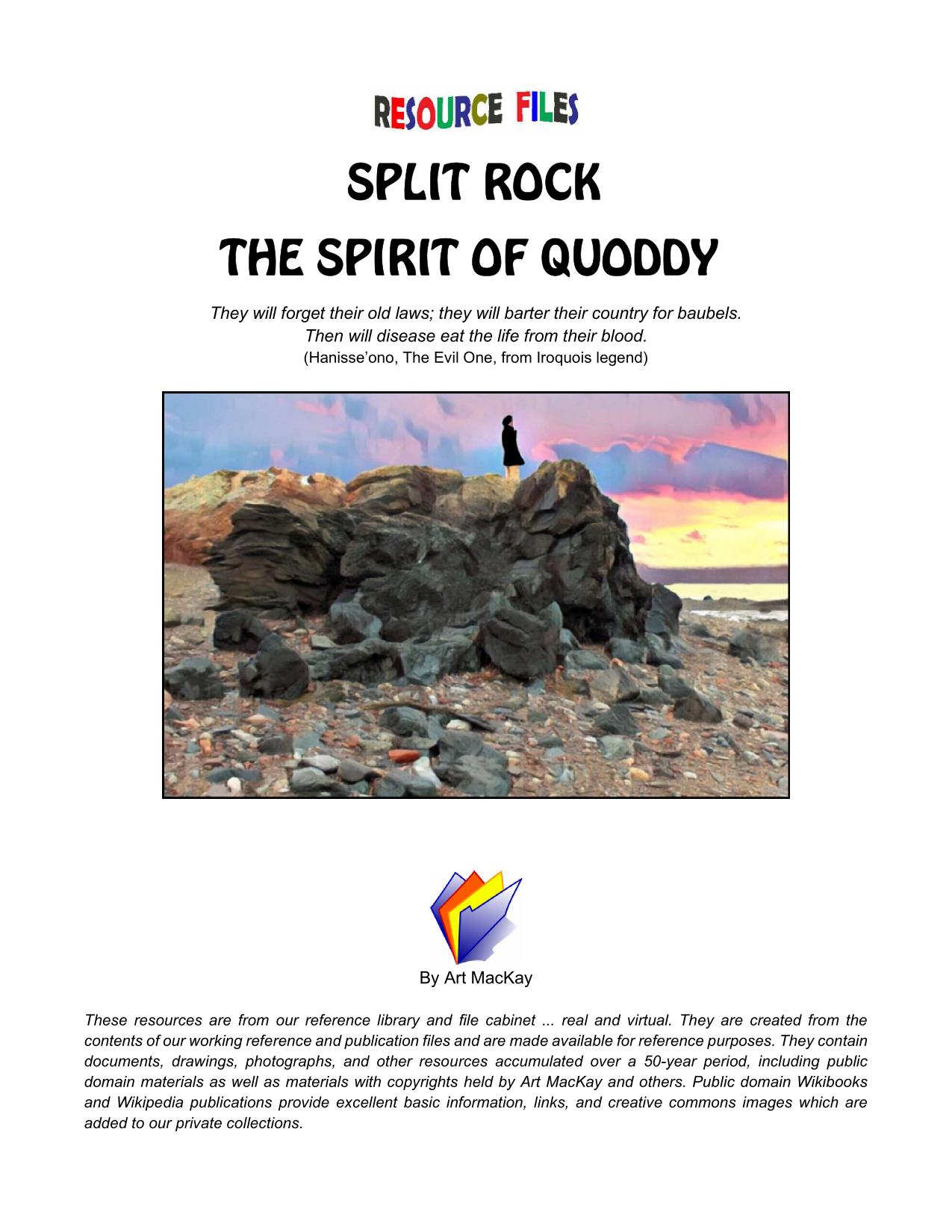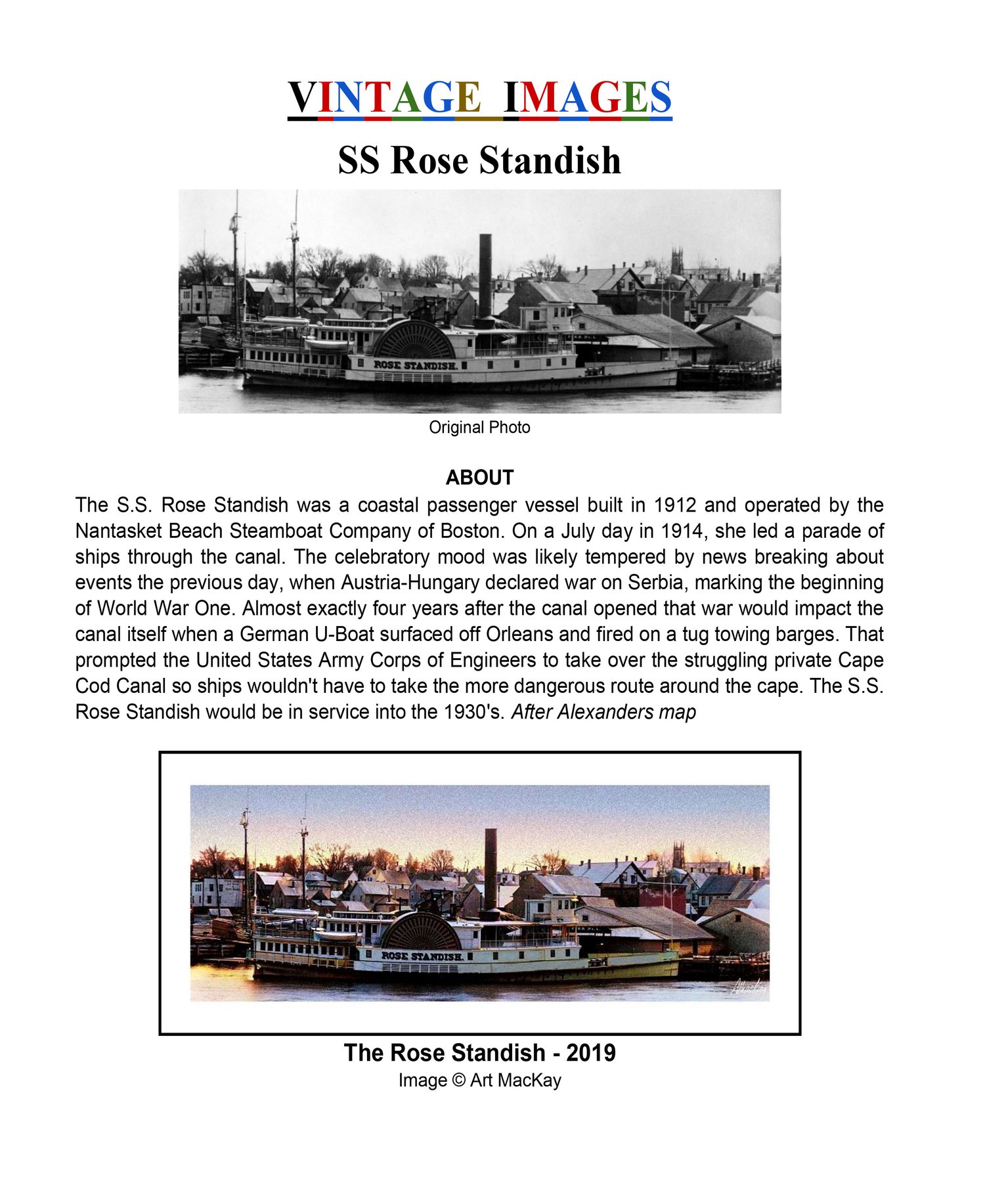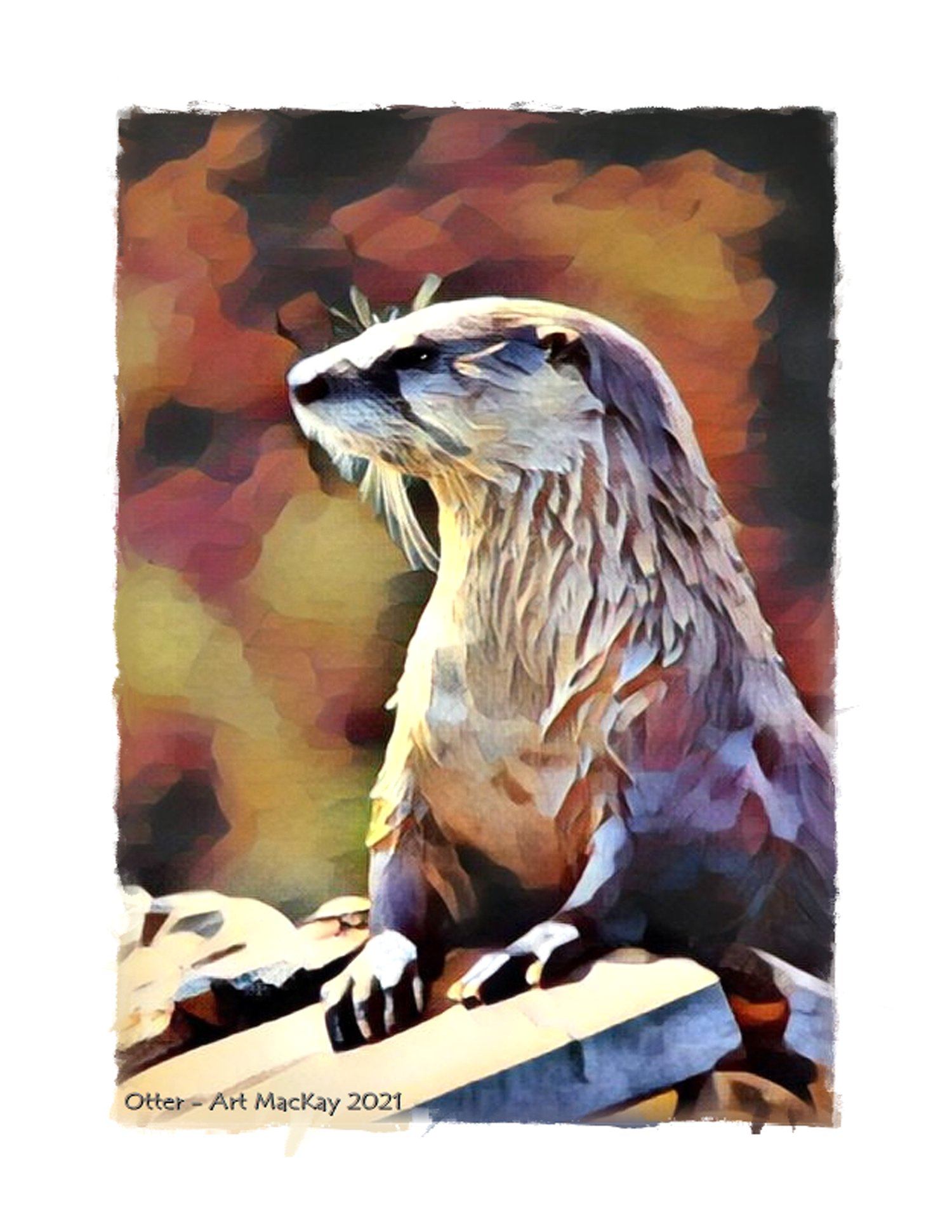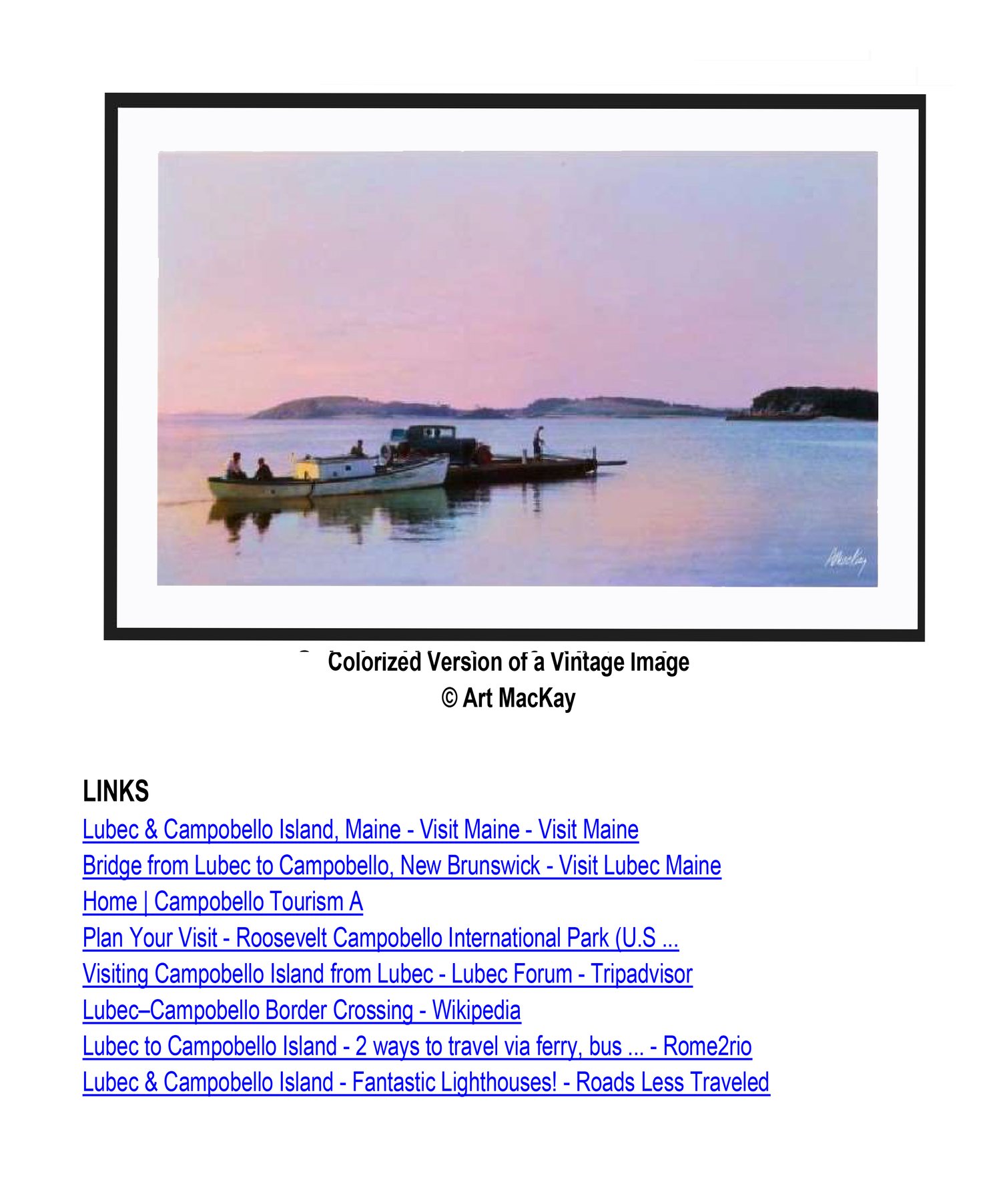Indian Island - Vintage Image Colorized Aug 2023
Indian Island is a mile long and containing roughly 150 acres. It is located in West Isles between Eastport, Maine, Deer Island, NB and Campobello, NB.
It was probably visited by Frenchmen who accompanied Champlain and DeMonts; tradition holds that Champlain was here himself. The Indians named the island Mijegnagoose or as some called it Jeganagoose. The white man called it Fish Island; later it was known as Perkins Island; the Le Arterial; finally Indian Island.
In 1760 James Chaffey, called the Robinson Crusoe of Indian Island and its first white settler, came from Philadelphia. James Chaffey, an English man born in Somersetshire, was a goldsmith by trade; he had learned this trade in London from whence he came to Philadelphia then on to Indian Island. The records claim that here he built the first white man's house and store; he at once entered the fur trade with the Indians.
At its high tide of prosperity over 100 years ago, Indian Island had approximately 100 residents and the old school registers show an enrollment of as high as 25 pupils. The waterfront had several long wharfs with large warehouses and with berthing accommodations for large vessels. Trade with the West Indies flourished at this time.
The first half of the 19th century brought Indian Island into its peak of prosperity. This island was the chief trading center for the West Isles and Campobello and at one time its trade exceeded by one-half that of St. Andrews.
The history of Indian Island could not be completed without mention of the Fenian Raid of 1866. It was previously supposed that the province of Ontario, Canada West, would be the scene of its marauding attacks. It proved otherwise, however. In the Spring of 1866, the Fenians began to congregate at Eastport in large numbers under the leadership of one named Killian who seemed well fitted to lead a band of ruffians; they commenced training on a sandy beach at the foot of a long range of a bank a few roads above Dog Island; and as the beach is nearly opposite Indian Island, the Fenians were observed quite clearly. They drilled daily at this spot near Dog Island and viewed the hated British flag flying at the Customs House. Killian and his men saw an opportunity to win time without shedding blood - they would seize the British flag.
At midnight, on the night of April 14, 1866, the Fenians crossed to Indian Island, surrounded Mr. Dixon's home and tried to batter their way into the house. "We want the English flag. Give it quickly or we will burn down the house." "Taking in the inevitable and the danger to Mrs. Dixon by this midnight attack, he thought wisely that prudence in this case was the better part of valour and surrendered to those worse than Italian banditti, the flag that had waves over the Customs House." After Indian Island by Muriel Dixon.




